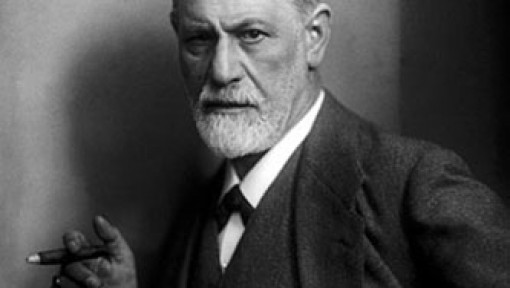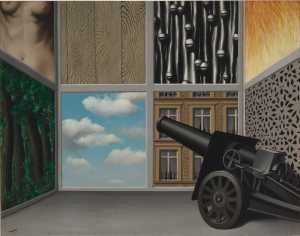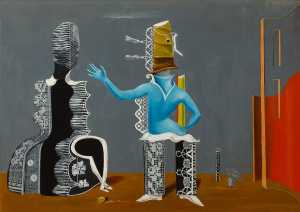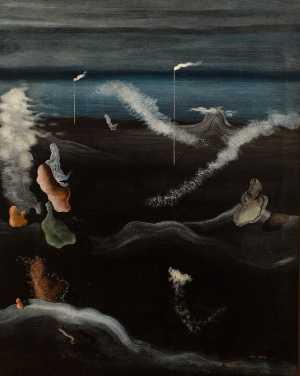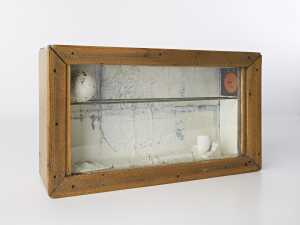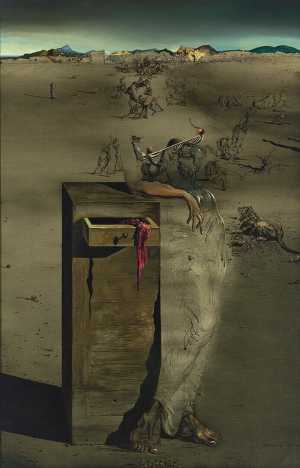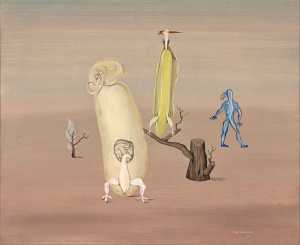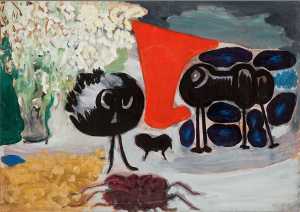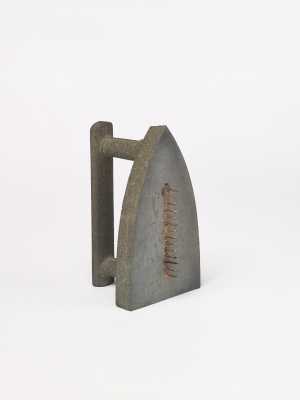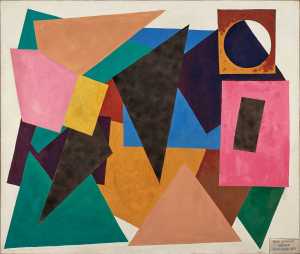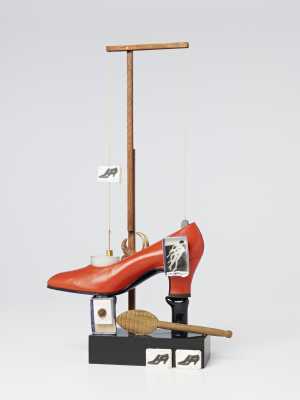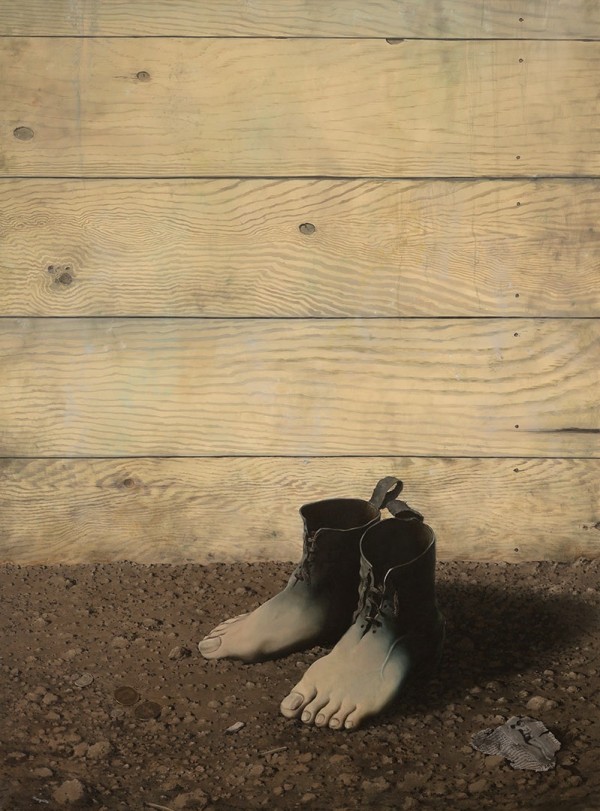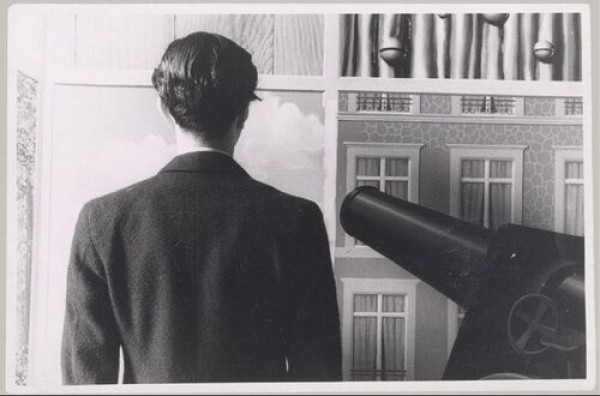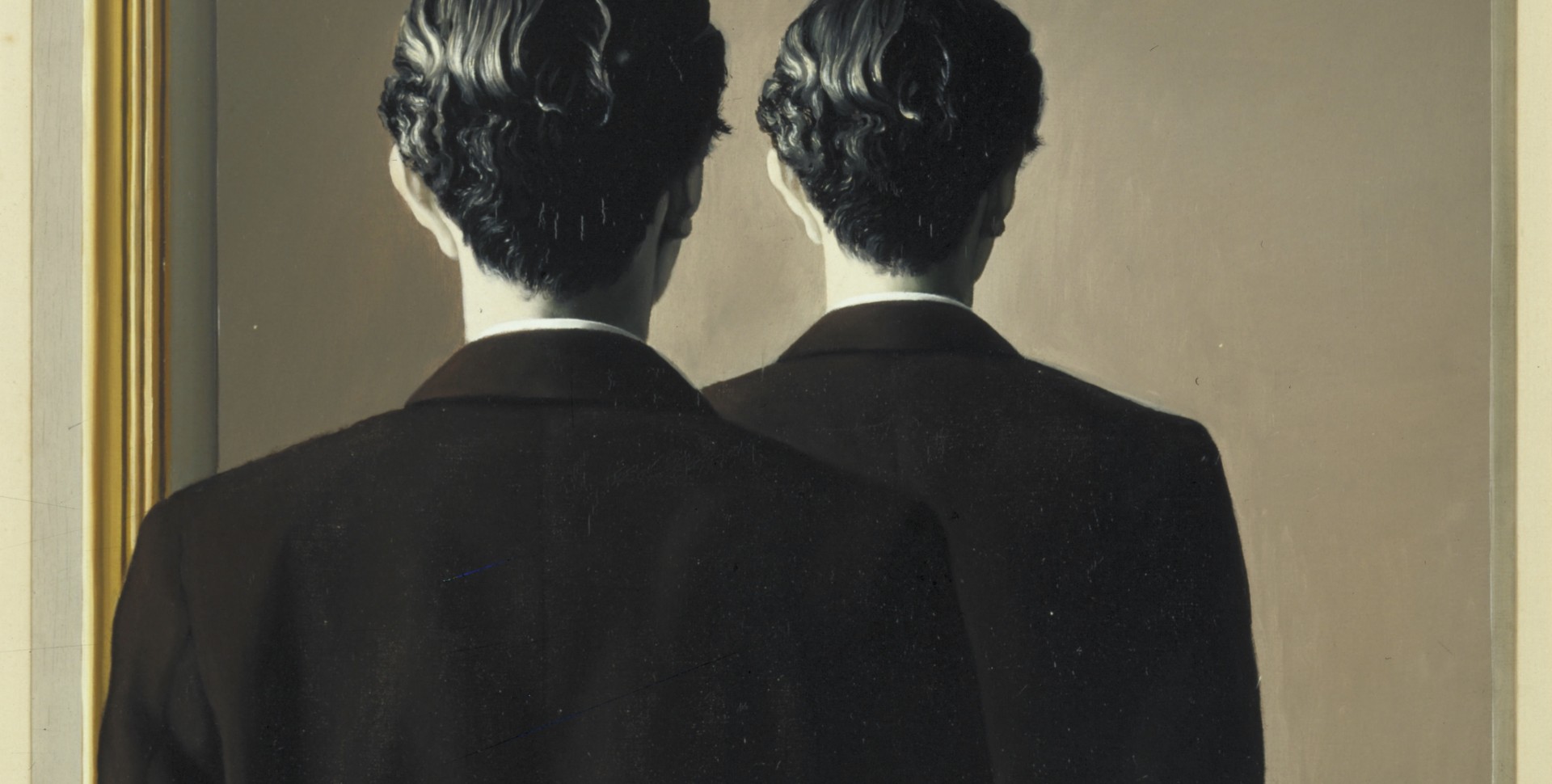Surrealism in Rotterdam
In 1965, ‘The Pair’ by Max Ernst and ‘On the Threshold of Freedom’ by René Magritte were acquired for the collection of Museum Boijmans Van Beuningen. Since then, the collection of Surrealist art has grown considerably. The major acquisitions were made in the period of 1977 and 1979.
Twelve works by Magritte and Dalí were acquired from the collection of Edward James (West Dean 1907 – San Remo 1984), a poet who had also been the benefactor of the two artists in the 1930s. The works of the Surrealists became one of the most important pillars of the museum's collection.
Did you know that the museum’s emphasis on Surrealism was due to the passionate interest of Renilde Hammacher, the museum’s first curator of modern art?
And the museum still collects Surrealism. It acquired the world famous ‘Mae West Lips Sofa’ by Salvador Dalí in 2005, ‘Landscape with Pink Clouds’ by Yves Tanguy in 2007 and a ‘Shadow Box’ by Joseph Cornell in 2009. The most recent Surrealist acquisition is ‘Le Miroir Vivant’, an early painting by René Magritte, which was purchased in 2016.



